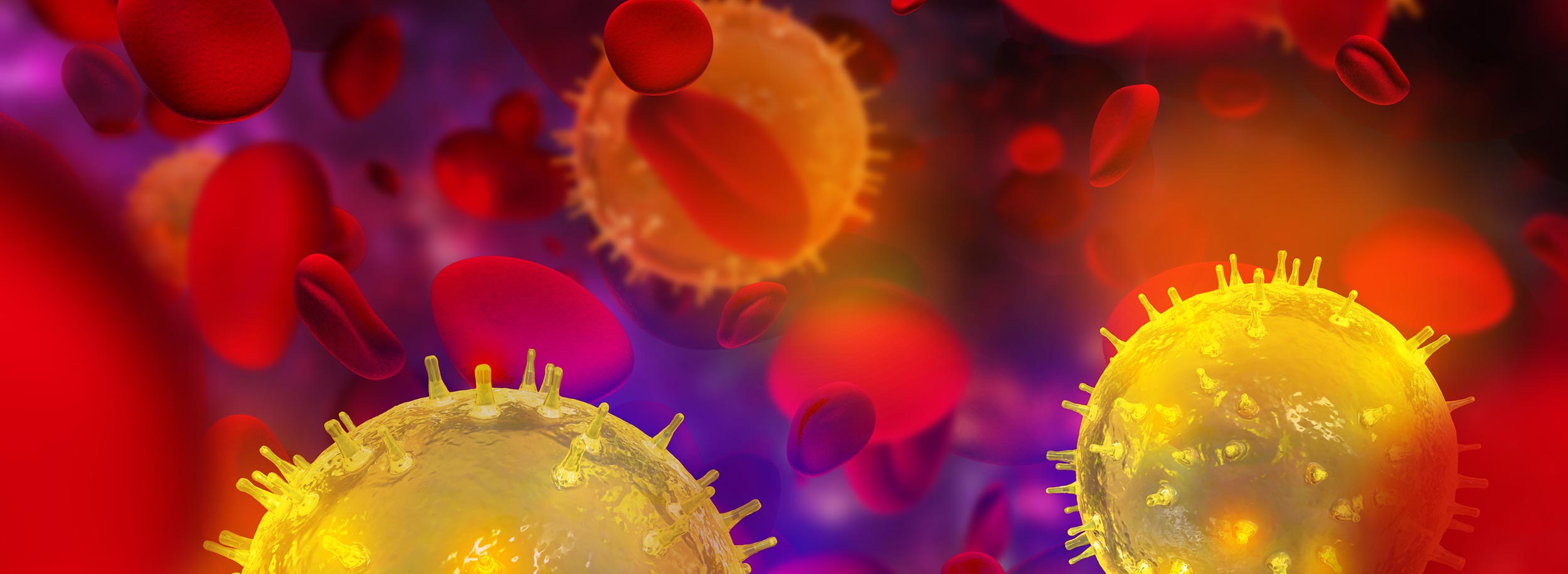On November 10th, 2015 in Basel, Switzerland, ASBM’s Advisory Board Chair, University of Arizona pharmacy professor Philip J Schneider and ASBM Steering Committee Member Andrew Spiegel, Executive Director of the Global Colon Cancer Association, participated in a debate on the subject of distinguishable naming for biosimilars.
The debate session, entitled “Naming conventions for biosimilar and subsequent labeling practices”, was part of the World Biosimilar Congress: Europe 2015 conference. Dr. Schneider and Mr. Spiegel argued that biosimilars should have names which allow them to be clearly distinguishable from their reference products as well as other approved biosimilars for that reference product.
“All biologics should have unique names, not just biosimilars- so patients and their doctors will always know which medicine the patient is receiving at the pharmacy when they make a treatment decision,” said Spiegel. “The FDA and the WHO both agree that distinguishable names are important for safety and tracking and patients want their doctors to have that information.”

Dr. Schneider noted that while there were still some details to work out- namely the structure and content of a biologic’s identifying suffix- he was optimistic about harmonizing regulations globally. “Giving [biosimilars] different names [from their reference products] just makes sense, since these are different-though similar- medicines…that’s why they are called ‘biosimilars‘ and not ‘generic biologics.”
On the other side were Everett Neville, Senior Vice President of Supply Chain for Express Scripts; and Hideaki Nomura, President and CEO of Fujifilm Kyowa Kirin Biologics; who argued that biosimilars, once approved, should share the same international nonproprietary name (INN) as their reference product.
Mr. Neville expressed skepticism that the code was necessary, and questioned whether physicians would consistently and correctly use such a code. Mr. Nomura expressed concern that the type of suffix proposed by the WHO and FDA would introduce more complexity and could potentially create confusion.
However, an ASBM survey of European biologic prescribers has shown the need for distingishability, with 24% of prescribers using only the INN to identify the medicine in the patient record- which could result in a patient receiving the wrong medicine. Further, 17% of prescribers report only the INN when reporting adverse events, which could result in their misattribution. Only 40% of EU physicians consistently recorded the product’s batch number when reporting adverse events, and 27% never did this.
One area of common ground among the two sides was concern over the value of suffixes comprised of random letters. Dr. Schneider and Mr. Spiegel supported the use of a suffix based upon the name of the product’s manufacturer or marketing authorization holder, as is currently the case with the sole biosimilar approved in the U.S., filgrastim-sndz. While supporting any distinguishing suffix rather than none at all, Dr. Schneider and Mr. Spiegel both considered manufacturer-based suffixes “easier to remember” for patients and providers than random suffixes. Dr. Schneider referenced a recent ASBM survey of 400 U.S. pharmacists which showed that 77% preferred the manufacturer based code to the random code, which was supported by only 15%; 8% had no opinion. Mr. Neville agreed that random codes had less value than manufacturer codes, observing that “patients don’t usually even know the [nonproprietary] name of the drug they’re on, they’re unlikely to remember a random code…a 4-digit random code isn’t helping anything.”
